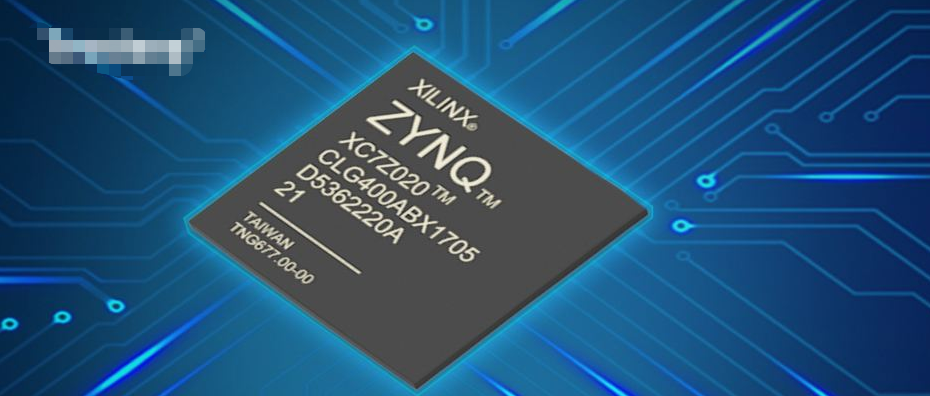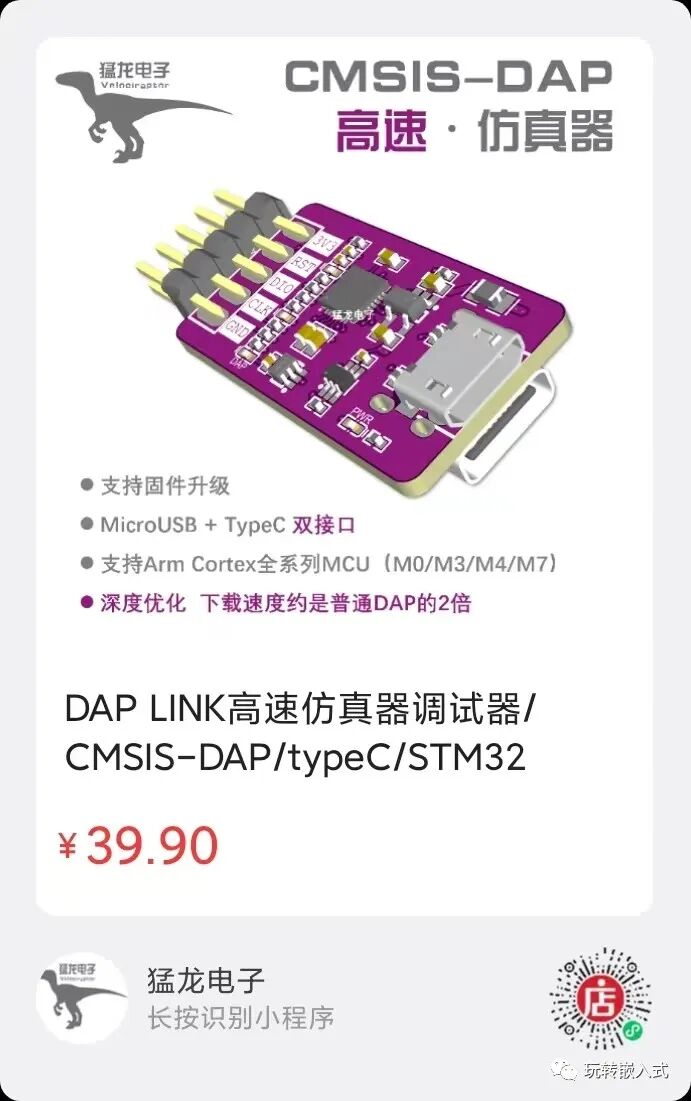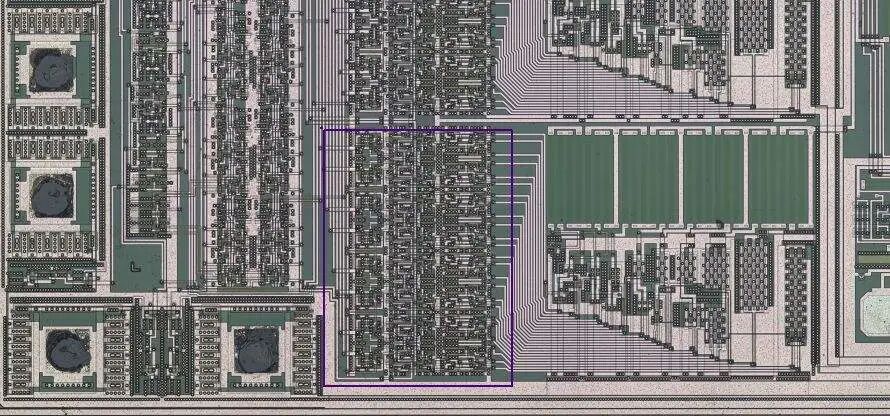Students learning about microcontrollers generally come into contact with FPGAs.Some readers might ask: What can FPGAs do? Are they more powerful than microcontrollers?To put it simply, FPGAs can perform tasks that microcontrollers can do in certain areas, and in some fields, FPGAs are far superior to microcontrollers.

Of course, FPGAs and microcontrollers each have their own characteristics and there are some differences in their applications.

Next, let’s discuss several common application areas of FPGAs:
1. Communication Systems
The application of FPGAs in the communication field is virtually limitless. Thanks to the internal structure of FPGAs, they can easily implement distributed algorithm structures, which is very beneficial for high-speed digital signal processing in wireless communications.
In wireless communication systems, many functional modules often require a large number of filtering operations, and these filtering functions typically involve numerous multiplication and accumulation operations. By implementing a distributed arithmetic structure with FPGAs, these multiplication and accumulation operations can be effectively realized.

Especially, Xilinx FPGAs integrate a wealth of resources suitable for the communication field, including three main categories: baseband processing (channel cards), interface and connection functions, and RF (radio frequency cards).
-
Baseband processing resources mainly include channel encoding and decoding (LDPC, Turbo, convolutional codes, and RS codes) and the implementation of synchronization algorithms (such as cell search in WCDMA systems).
-
Interface and connection resources mainly include high-speed communication interfaces (PCI Express, Ethernet MAC, high-speed AD/DA interfaces) for wireless base stations and the implementation of corresponding backplane protocols (OBSAI, CPRI, EMIF, LinkPort).
-
RF application resources mainly include modulation/demodulation, up/down conversion (single-channel and multi-channel DDC/DUC for WiMAX, WCDMA, TD-SCDMA, and CDMA2000 systems), peak clipping (PC-CFR), and predistortion. In summary, as long as you have a good grasp of FPGAs, you can definitely excel in the communication field.
2. Digital Signal Processing
In the field of digital signal processing, FPGAs are equally formidable, primarily due to their high-speed parallel processing capabilities. The greatest advantage of FPGAs is their parallel processing mechanism, which utilizes a parallel architecture to implement digital signal processing functions.
 This parallel mechanism makes FPGAs particularly suitable for repetitive digital signal processing tasks such as FIR filtering. For high-speed parallel digital signal processing tasks, the performance of FPGAs far exceeds that of general-purpose DSP processors’ serial execution architecture. Additionally, the voltage and driving capabilities of their interfaces are programmable, unlike traditional DSPs, which are constrained by instruction set control and cannot handle high-speed signals due to the limitations of clock cycles. For signals at Gbps rates, such as LVDS, traditional DSPs struggle to manage. Therefore, the application of FPGAs in digital signal processing is also very widespread.
This parallel mechanism makes FPGAs particularly suitable for repetitive digital signal processing tasks such as FIR filtering. For high-speed parallel digital signal processing tasks, the performance of FPGAs far exceeds that of general-purpose DSP processors’ serial execution architecture. Additionally, the voltage and driving capabilities of their interfaces are programmable, unlike traditional DSPs, which are constrained by instruction set control and cannot handle high-speed signals due to the limitations of clock cycles. For signals at Gbps rates, such as LVDS, traditional DSPs struggle to manage. Therefore, the application of FPGAs in digital signal processing is also very widespread.
3. Video and Image Processing
As times change, people’s pursuit of image stability, clarity, brightness, and color has become increasingly high, evolving from standard definition (SD) to high definition (HD), and now to the pursuit of Blu-ray quality images. This has led to an increasing amount of data that processing chips need to handle in real-time, and the complexity of image compression algorithms has also increased, making it impossible to rely solely on ASSP or DSP to meet such large data processing demands. At this point, the advantages of FPGAs become apparent, as they can process data more efficiently. Therefore, in the field of image processing, considering cost, FPGAs are becoming increasingly popular in the market.
At this point, the advantages of FPGAs become apparent, as they can process data more efficiently. Therefore, in the field of image processing, considering cost, FPGAs are becoming increasingly popular in the market.
4. High-Speed Interface Design
Having seen the performance of FPGAs in communication and digital signal processing fields, it is clear that FPGAs also have a place in high-speed interface design. Their high-speed processing capabilities and the ability to support hundreds or thousands of I/O pins give them a unique advantage in this area.For example, if I need to interact with a PC to send collected data for processing or to transmit processed results back to the PC for display, the interfaces for communication between PCs and external systems are quite diverse, such as ISA, PCI, PCI Express, PS/2, USB, etc.The traditional approach is to use corresponding interface chips for each interface, such as a PCI interface chip. When many interfaces are needed, multiple such interface chips are required, which undoubtedly complicates our hardware peripherals and increases their size, making them inconvenient. However, if we use FPGAs, the advantages become clear, as different interface logics can be implemented internally within the FPGA, eliminating the need for so many interface chips. Coupled with the use of DDR memory, this makes our interface data processing much more manageable.
5. Artificial Intelligence
If you have been following news in the technology sector, you must have noticed the prevalence of 5G communication and artificial intelligence. Indeed, the 21st century has unknowingly reached 2020, and in these 20 years, artificial intelligence has rapidly developed, and the successful research and development of 5G has given artificial intelligence a significant boost. It is foreseeable that the future will undoubtedly belong to artificial intelligence. FPGAs have also found widespread application in the front-end of artificial intelligence systems, such as in autonomous driving, where various traffic signals such as driving routes, traffic lights, obstacles, and speed need to be collected using multiple sensors. FPGAs can be used for the comprehensive driving and fusion processing of these sensors.Additionally, some intelligent robots require image acquisition and processing or sound signal processing, which can also be accomplished using FPGAs. Therefore, FPGAs are very adept at handling front-end information processing in artificial intelligence systems.
6. IC Design
The term IC might sound particularly profound, something that ordinary people cannot touch, and IC design is even more a task for the exceptionally skilled. It is undeniable that the threshold for IC design is indeed high, but we do not need to mythologize it too much. Simply put, we can compare it to PCB design: PCB design involves assembling various components on a printed circuit board to create a specific functional circuit, while IC design involves assembling MOS transistors and PN junctions on a silicon substrate to create a specific functional circuit, one being macro and the other micro.

If a PCB design fails, it can be redesigned and prototyped without too much loss. However, if an IC design fails and needs to be redesigned, the losses can be catastrophic. As the saying goes, “When the cannon fires, it costs a fortune,” in the IC field, the cost of starting a lithography machine is no exaggeration. The cost of photoresist is exorbitant, and the cost of photomask fabrication is not cheap either. Coupled with hundreds or thousands of processes, including labor, materials, machine wear, and maintenance, the losses can be quite painful. Therefore, IC design emphasizes the importance of a successful first version.To ensure the success of the first version of an IC, thorough simulation testing and FPGA verification are required. Simulation verification involves running simulation software on servers, similar to ModelSim/VCS software; FPGA verification mainly involves porting the IC code to an FPGA, using FPGA synthesis tools for synthesis, placement, and routing to ultimately generate a bit file, which is then downloaded to an FPGA verification board for validation. For complex ICs, we can also break them down into several functional parts for separate verification, placing each functional module on a separate FPGA. The circuits generated by the FPGA are very close to the real IC chip, greatly facilitating IC designers in validating their designs.OthersFor example, high-speed data acquisition in the power industry, high-speed and large-volume analog data acquisition and transmission in the medical industry, and radar, satellite, and guidance systems in the military industry are all application areas for FPGAs.
Reply with “001” to learn about the DAP-Llink, which offers download speeds comparable to J-Link V10.
Click “Read the original article” for more details.

Comic Science Popularization: What is an Automotive Grade Chip?What options are there for running an operating system on a microcontroller?Hardware design is not just about wiring; experience accumulation is very important.Starting from these knowledge points, learning the STM32 microcontroller becomes very simple.